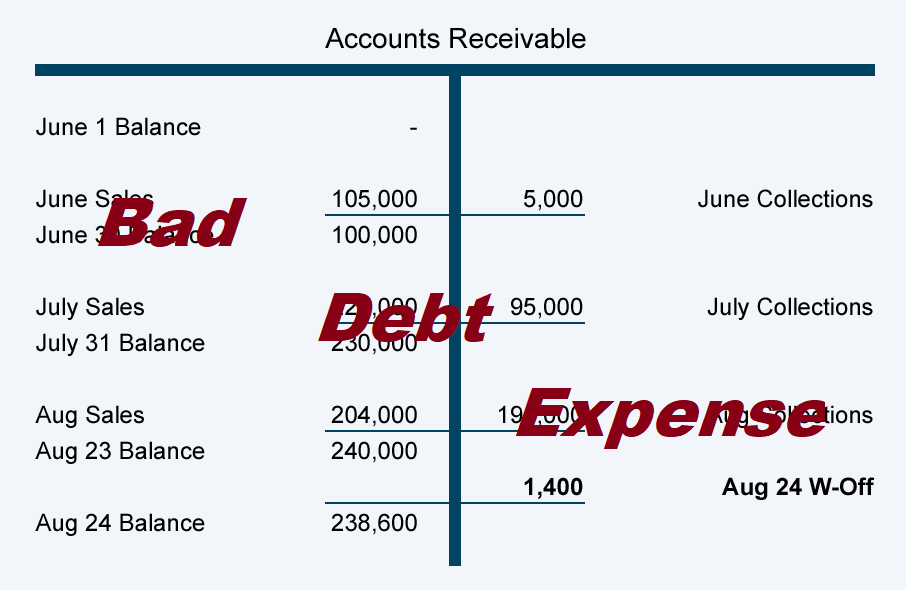

How to Avoid Taking on Too Much Business Bad Debt This includes seeking legal action and writing off uncollectible accounts receivable as a business expense. Therefore, it is important for companies to minimise bad debt by implementing effective processes such as credit checks and payment terms that encourage timely payments.Ĭompanies need to have a strategy to deal with bad debt and ensure that they take the appropriate steps to recover what is owed. If a company’s sales ledger is too high, it can lead to cash flow problems and put the business at risk of insolvency or bankruptcy. It is also important to note that bad debt directly affects a company’s profitability.įor example, a company with too much bad debt can significantly reduce its profits. Many factors, such as poor credit policies, inadequate customer screening and verification procedures, unreliable collection methods, and rapid or excessive growth, can cause bad debt. In addition, there are also non-payment debts from customers who don’t pay their bills on time or at all. Common bad debt types include bankruptcy, fraud, insolvency, death and disability. Types of Bad Debtīusiness debt can come in many forms, and it’s essential to understand the various types of bad debt so that a business is better equipped to prevent or minimise losses.


Benefits of Reducing or Eliminating Your Business’s Bad Debtsīad debt is a loss incurred by an organisation when it lends money or extends credit to another company, individual, or entity, and the debt is not paid back.Strategies for Managing Existing Bad Debts.How to Avoid Taking on Too Much Business Bad Debt.


 0 kommentar(er)
0 kommentar(er)
